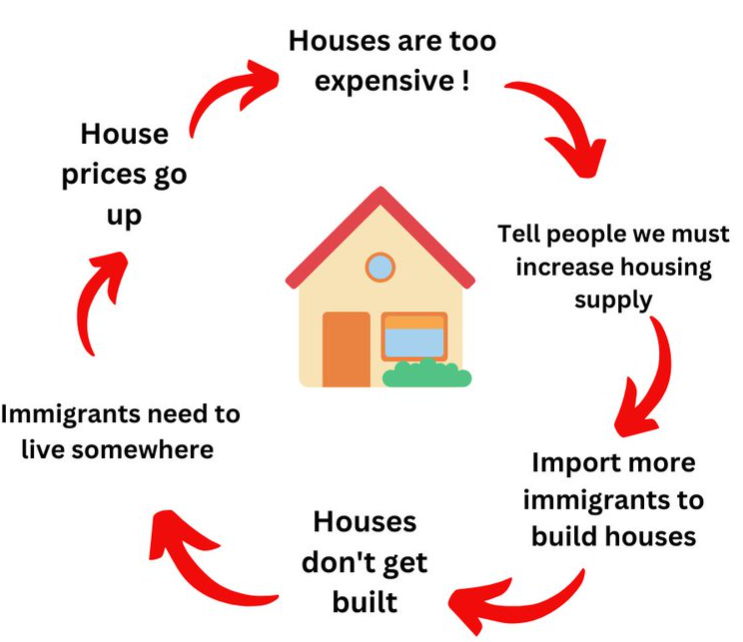Master Builders Association CEO Denita Wawn appeared on Sky News earlier this week where she explained the major factors driving the high level of builder insolvencies:
“We’ve had a large number of contracts that were signed prior to inflation really hitting the economy and so in many instances building is occurring at a loss or at least a break-even point”.
“We’ve then had inflation which is skyrocketing prices, restrictions on materials and of course labour shortages as well which has also increased not only the cost of labour but also the time it takes to build a home”.
“It usually it takes nine months for a home to be built. It’s taking around about 13 months at its current peak. That means you then have not only cost pressures but cash flow pressures as well in the industry”.
“And unfortunately that’s reflected in those insolvency figures that you referred to”.
Denita Wawn then called for a lift in skilled migration to ease labour shortages in the construction sector:
“We’re now estimating that we need nearly half a million new people entering into the industry over the next two to three years”
“That’s a significant number of people for an industry that currently employs 1.3 million”.
“While we’re forecasting a deep in construction over the next 12 months, we’re forecasting significant increases from 2025-26 onwards”.
“We’ve got 18 months window of opportunity to resolve those skills shortages”.
“There’s really two key issues: attracting more people to the industry from trades… Also migration is a solution as well”.
“We know that migration increasing means more pressure on the how housing market, but equally if we don’t get enough skilled people it then brings pressure on us being able to actually meet those housing needs in the first instance”.
The next flow diagram perfectly captures how increasing migration to ease ‘skills shortages’ is a non-solution to the shortage of construction workers. Because all you end up doing is importing migrants to build homes for migrants:

Australia has had one of the highest rates of housing construction in the developed world:

Source: OECD Affordable Housing Database
We also have one of the highest numbers of construction workers per capita in the OECD:

Australia also ramped-up housing construction to record levels last decade.
However, this surge in construction was swamped by the unprecedented jump in net overseas migration from 2005, which is projected to run even higher over the next five years:

Australia’s housing shortage has clearly been caused first and foremost by the excessive levels of immigration, not a lack of supply.
The primary solution, therefore, is to reduce net overseas migration to levels consistent with the country’s ability to deliver new housing, infrastructure, and services.
Net overseas migration should be reduced to historic levels of roughly 100,000 people per year.

